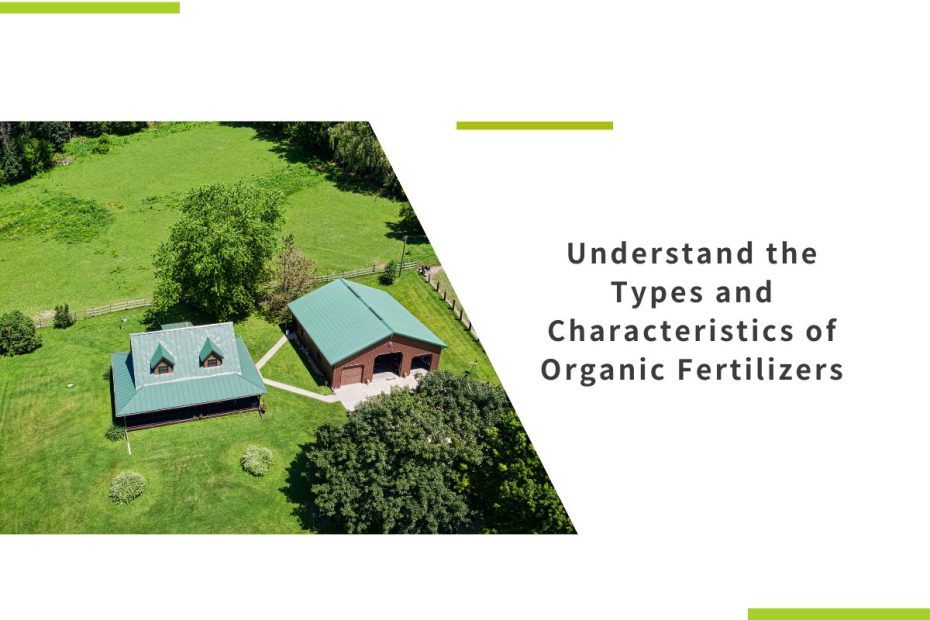Introduction
In horticulture and agriculture, the use of fertilizers is essential to improve soil fertility and promote plant growth. While synthetic fertilizers are commonly used, unlike chemical fertilizers, organic fertilizers are derived from natural sources and promote sustainable soil health and long-term plant vitality. So, let’s take a closer look at the types and characteristics of organic fertilizers and discover their diverse forms and unique properties.
Why Choose Organic Fertilizer?
Organic fertilizers are derived from the decomposition of certain organic materials. Organic fertilizers play a vital role in cultivating healthier, more ecologically balanced agricultural systems by enhancing soil health, increasing water-holding capacity, sequestering carbon in the soil, reducing chemical dependence, supporting beneficial microbial activity, and promoting long-term sustainability. crucial role. The use of organic fertilizers not only benefits crop quality and yields but also contributes to more resilient and environmentally conscious food production methods.

Types and Uses of Organic Fertilizers
1. Compost fertilizer
Compost is a nutrient-rich organic mixture, a natural fertilizer made from decomposed organic matter such as kitchen scraps, yard waste, dry leaves, and manure. It enhances soil structure and fertility, using its nutrients to aid healthy plant development. Compost is generally used in vegetable gardens. A common method is to put compost on the ground and then plant the seedlings. Or place it above the ground.
However, it needs to go through a decomposition process before it can be used for fertilizing. This is necessary so that the nutrients in the material are available for uptake without disturbing the soil microbiome. Proper aeration ensures that the compost contains oxygen, promoting the decomposition of materials and avoiding the development of odors that may attract flies and other insects.
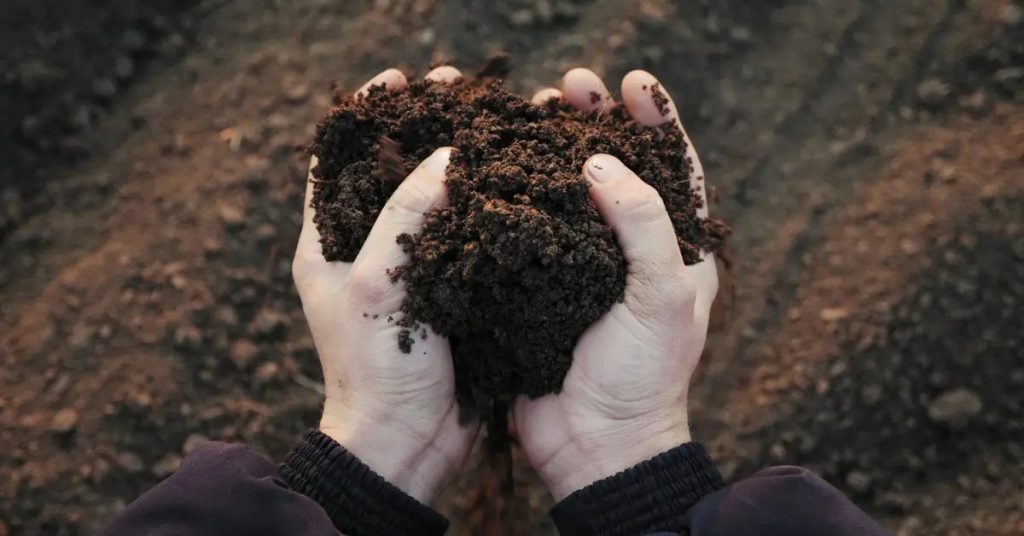
2. Humic acid fertilizer
Humic acid fertilizer is an organic-rich organic soil amendment formed from decomposed organic matter and contains humus. Humic fertilizers such as KHUMIC come from highly active weathered lignite. It can improve soil structure (aeration and water retention), adjust soil pH, enhance nutrient retention, benefit plant nutrient absorption, and promote beneficial microbial activity.
Humic acid fertilizers are divided into humic and fulvic acid and come in a variety of forms, including powders, granules, liquids, and soluble concentrates. Can be mixed with soil seeds or used in foliar sprays and irrigation systems. And compatibility with other fertilizers and pesticides to improve efficacy.
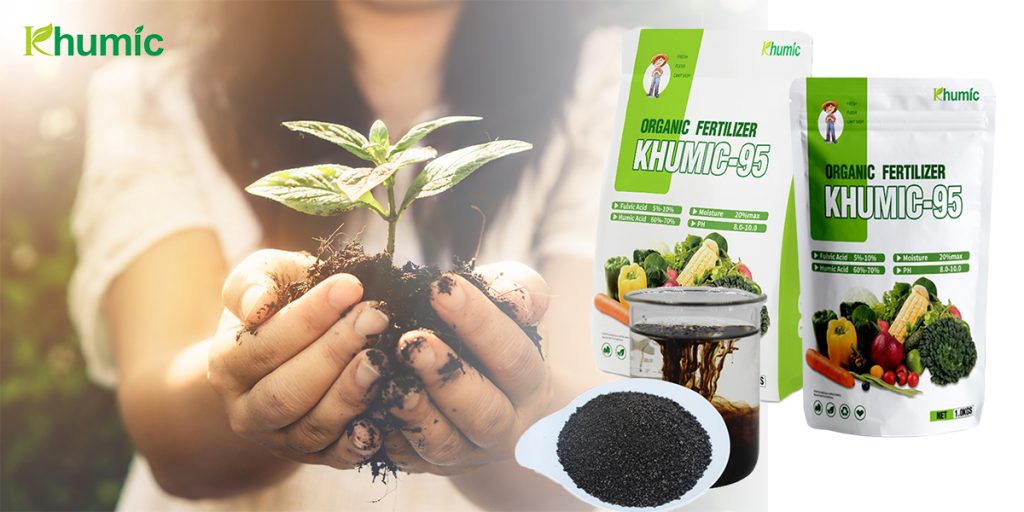
3. Feces fertilizer
Manure is the most traditional organic fertilizer for various animals, such as poultry, cattle, and pigs. It is a rich source of organic matter and nutrients such as nitrogen, phosphorus, and potassium. It enhances soil fertility and promotes microbial activity. It is widely used in vegetable gardens and plantations as it has great potential as a fertilizer, especially when mixed with other types of organic fertilizers.
Such fertilizers need to be pre-composted before use because of the risk of contamination by harmful microorganisms in feces. The waste is spread on the ground and then turned over every three days to prevent it from becoming too wet. Fertilizer takes about a month to apply.
4. Bone meal fertilizer
Bone meal is a high-phosphorus, slow-release fertilizer made from ground animal bones that is rich in phosphorus and calcium and promotes root development and flowering of flowering plants and bulbs.
To apply, spread it evenly around the base of the plant, making sure not to concentrate it in one spot. After application, remember to water the area to help the nutrients in the bone meal reach the plant roots efficiently. It is recommended to wear gloves when working with bone meal to avoid skin irritation.
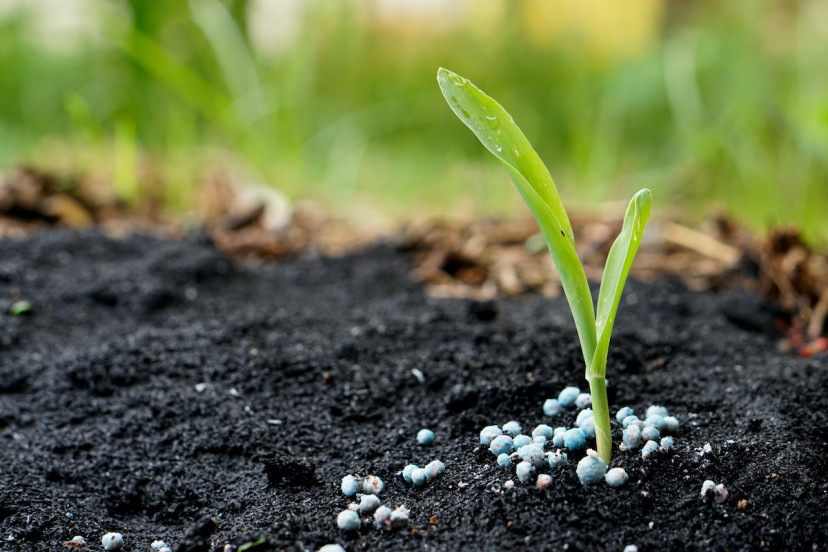
5. Fish emulsion fertilizer
Fish emulsion is derived from fish excrement and is a fast-acting organic liquid fertilizer rich in nitrogen. It is a quick-acting source of nitrogen and micronutrients that promotes green leaf growth.
Fish emulsion fertilizers are typically concentrated, have a fishy smell, need to be diluted with water before application, and need to be applied more frequently than slow-release fertilizers, avoiding use during hot, dry periods or freezing temperatures. Apply fish emulsion to the soil around the base of the plant, avoiding contact with plant leaves as this may cause burning, and water thoroughly before and after application.
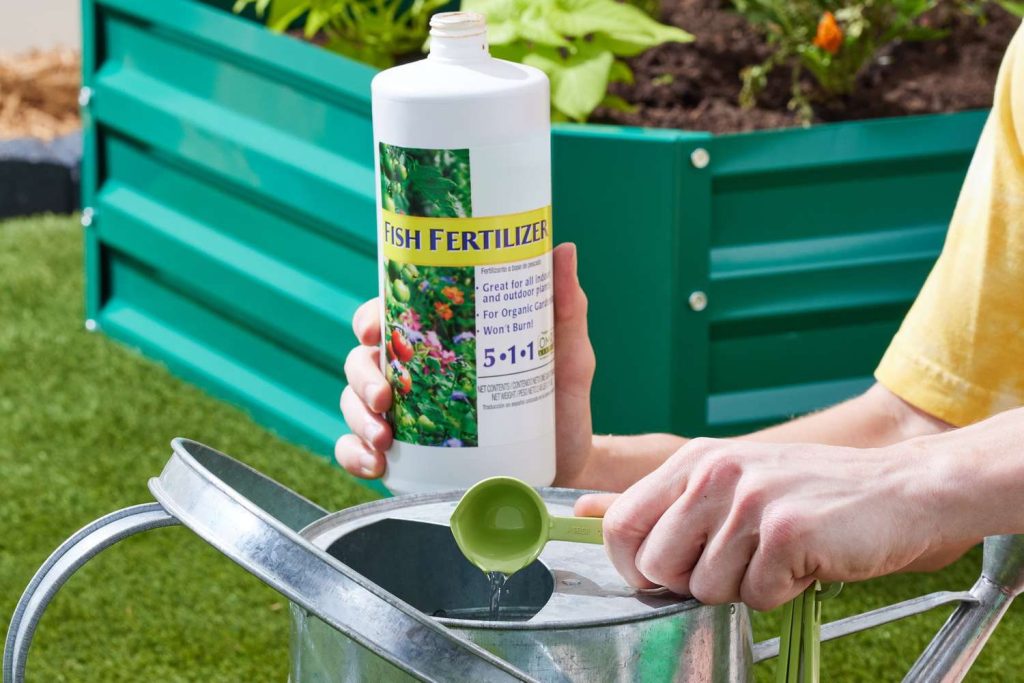
6. Seaweed fertilizer
Seaweed fertilizer is derived from seaweed extract and is rich in trace minerals, growth hormones, and beneficial enzymes. Stimulates plant growth, increases fruit production and improves overall plant resilience.
Seaweed fertilizers often need to be diluted. It can be applied as a foliar spray or directly to the soil around the base of the plant. Make sure to cover thoroughly, but avoid over-spraying, especially during hot weather, to prevent leaf burn.

7. Blood meal
Blood meal is an excellent source of nitrogen derived from dried animal blood. It works quickly and is ideal for increasing nitrogen levels in the soil, especially beneficial for leafy greens and lawns.
Blood meal is a powerful fertilizer with a strong smell that attracts animals. Blood meal is acidic, so over time it will lower the pH of the soil. Mix blood meal into the soil around the plants when applying, or mix it into the potting soil before planting to ensure even distribution. Over-application can damage plants and disrupt soil balance.
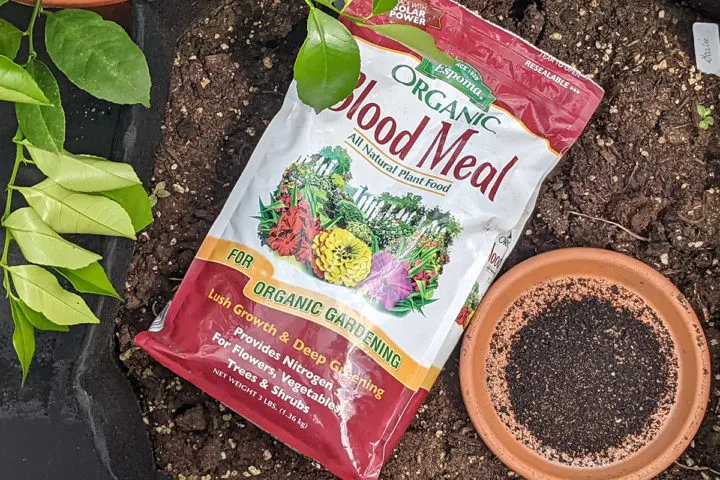
Characteristics of Organic Fertilizer
- Nutrients
Unlike synthetic fertilizers, organic fertilizers contain a balance of essential nutrients such as nitrogen, phosphorus, and potassium, as well as trace minerals critical for plant growth.
- Slow release
Many organic granular fertilizers release nutrients slowly over time, providing plants with a consistent fertilizing schedule and reducing the risk of nutrient leaching, ensuring continued plant growth over the long term.
- Soil Health
Organic fertilizers improve soil structure, texture, and microbial activity, enhancing the overall health of the soil ecosystem.
- Impact on the environment
Organic fertilizers are derived from natural sources and are biodegradable, reducing the risk of harmful chemical runoff entering water bodies and ecosystems, and protecting water sources and wildlife.
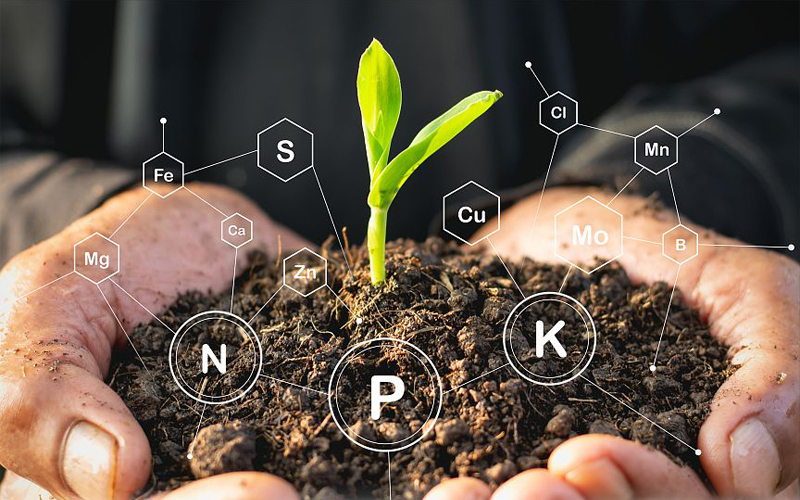
Conclusion
Organic fertilizers become a sustainable and environmentally friendly alternative to synthetic fertilizers, promoting soil health, plant growth, and environmental sustainability. By understanding the types and characteristics of organic fertilizers, gardeners can cultivate lush plants and reduce their environmental impact.
FAQs
Are organic fertilizers as effective as synthetic fertilizers?
Organic fertilizers may be slower-acting than synthetic fertilizers but can provide long-lasting benefits to soil health and plant growth.
What are the common symptoms of plant diseases?
Common symptoms of plant diseases include wilting, yellowing of leaves, spots on leaves, stunted growth and abnormal discoloration. Correct diagnosis is crucial for effective treatment.
When is the best time to fertilize plants?
Fertilize your plants before the spring growing season begins to provide nutrients for new growth. Some plants may benefit from a second application during the growing season.
What are some natural ways to control pests in your garden?
Natural pest control methods include introducing beneficial insects, using neem oil, and insecticidal soaps, and practicing crop rotation. Maintaining a healthy garden ecosystem also helps deter pests.
How do you propagate plants at home?
Plants can be propagated through stem cuttings, leaf cuttings, divisions, and air layering. Each plant species may have specific propagation techniques.
